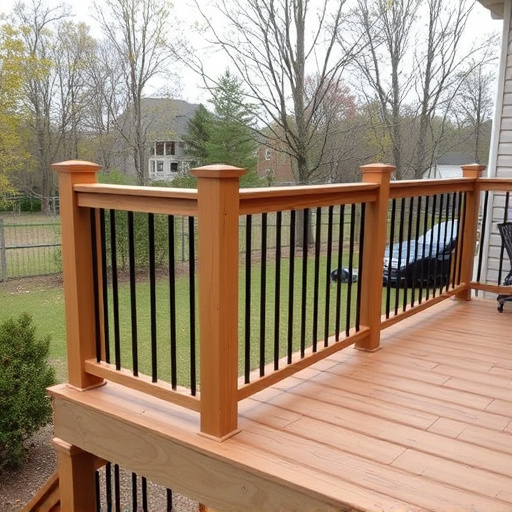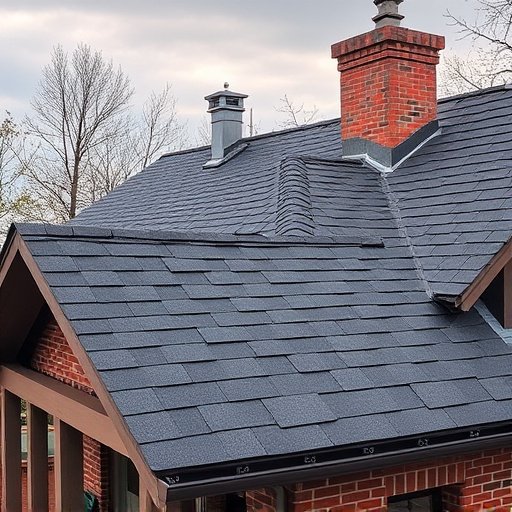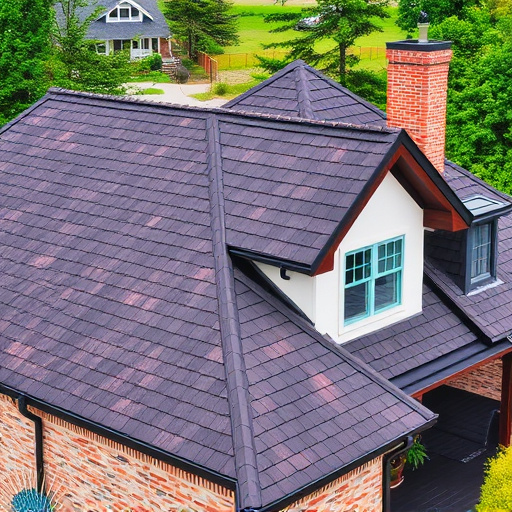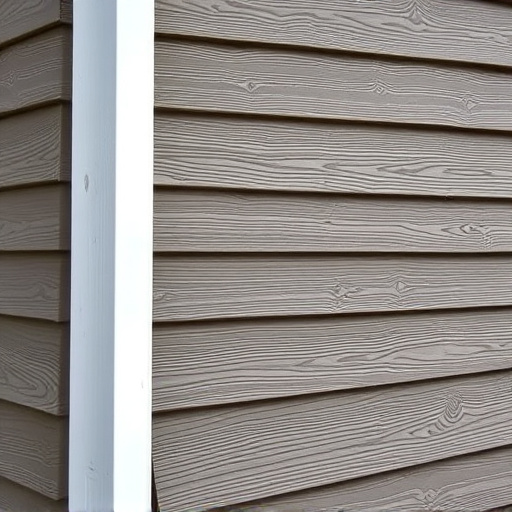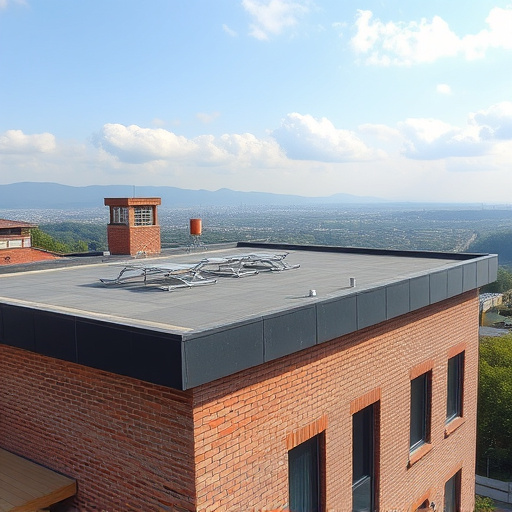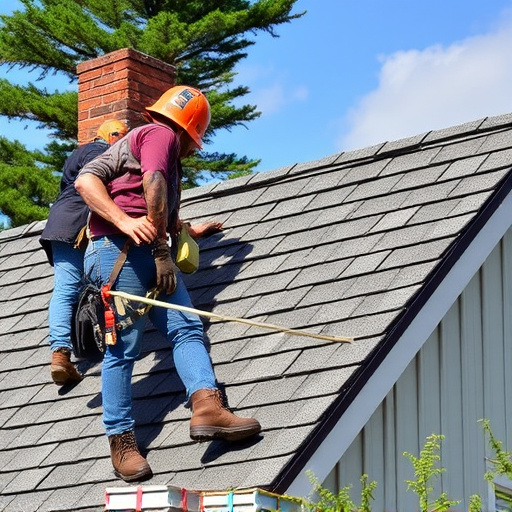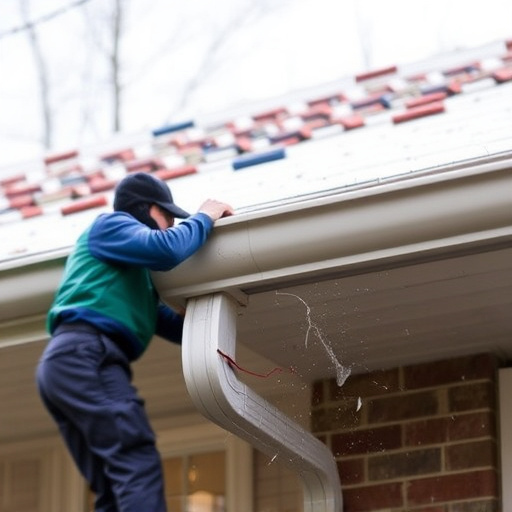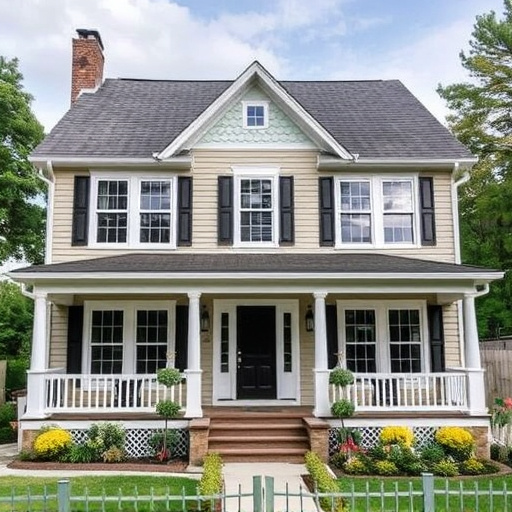Before roof installation, understand and follow local building codes for safety and compliance. Obtain required permits for structural modifications and specialized systems. Inspections ensure new roofs meet regulations to avoid fines and future issues. Professional contractors navigate these processes, ensuring compliant installations and designs.
Planning a roof installation? Navigating permits and local building codes can seem daunting, but understanding these regulations is crucial for a successful project. This guide breaks down the essential steps and permits needed for your roof installation, ensuring compliance and peace of mind. From understanding local building codes to navigating inspections, we’ll walk you through every step so you can focus on enjoying your new, safe, and compliant roof.
- Understanding Local Building Codes for Roof Installation
- Permits Required: A Comprehensive List for Your Project
- Navigating Inspections: Ensuring Your New Roof Meets Regulations
Understanding Local Building Codes for Roof Installation
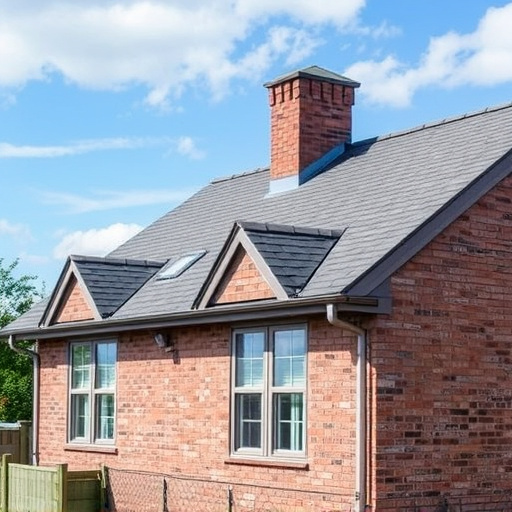
Before initiating any roof installation project, whether for a residential or commercial property, it’s paramount to understand and adhere to local building codes. These regulations are designed to ensure safety, quality, and durability in construction projects. In many areas, obtaining permits is a mandatory step before starting any roof-related work, including installations, repairs, or replacements—both for homes and businesses (commercial roofing).
Local building departments typically issue these permits after reviewing your project plans and ensuring compliance with current codes. This process involves understanding various factors such as roof pitch, material types, structural integrity, and even energy efficiency standards. Moreover, depending on your location, there might be specific requirements for siding replacement or other exterior enhancements, which can impact the overall timeline and cost of your roof installation (home service solutions).
Permits Required: A Comprehensive List for Your Project
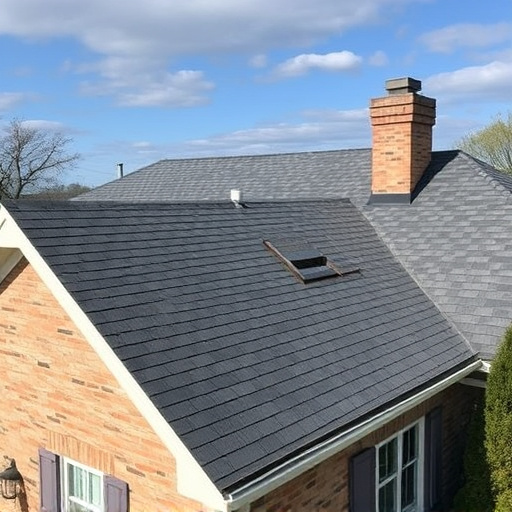
When planning a roof installation project, it’s crucial to understand the permits required to ensure a smooth and legal process. Obtaining the right permissions is an essential step in any roofing work, whether it’s a new construction or a replacement roof. Different regions have varying regulations, but there are several common permits needed for a successful roof installation.
The comprehensive list typically includes building permits, which are required for all structural modifications, including roofing. Additionally, some areas mandate permits specific to roofing work, such as those for mechanical systems and electrical installations if your new roof involves these elements. For cases involving storm damage repair or emergency repairs, temporary or expedited permits might be available to facilitate swift home service solutions.
Navigating Inspections: Ensuring Your New Roof Meets Regulations
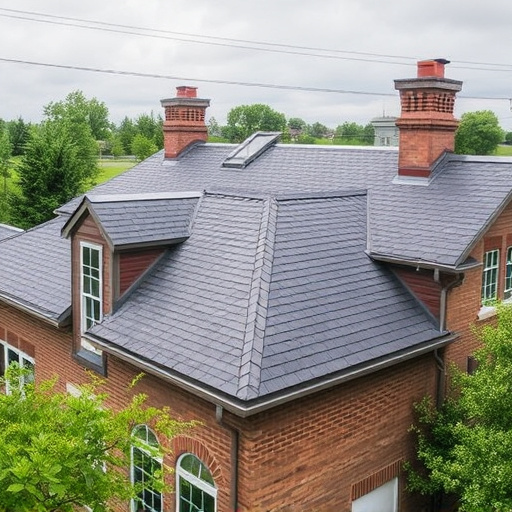
Navigating inspections is a crucial step in any roof installation project. Before beginning construction, homeowners must ensure their new roof complies with local building codes and regulations. These guidelines are designed to guarantee safety and durability, protecting both residents and property values. Professional roofing contractors are well-versed in these processes, knowing exactly what permits and approvals are required for a successful and compliant installation.
During the inspection phase, a qualified professional will assess various aspects of your roof, including materials, design, and structural integrity. They’ll ensure that your chosen roofing and siding options meet the necessary standards, often requiring permits for specific types of materials or complex designs. While this process might seem like an added step, it’s essential to avoid potential fines and future issues by adhering to regulations, especially when considering a roof repair or replacement.
When embarking on a roof installation project, adhering to local building codes and obtaining the necessary permits is paramount. By understanding your area’s regulations and securing all required permits, you ensure your new roof complies with safety standards, potentially avoiding costly inspections or repairs down the line. A smooth roofing process involves navigating inspections effectively, ultimately leading to a durable and compliant roof installation.






